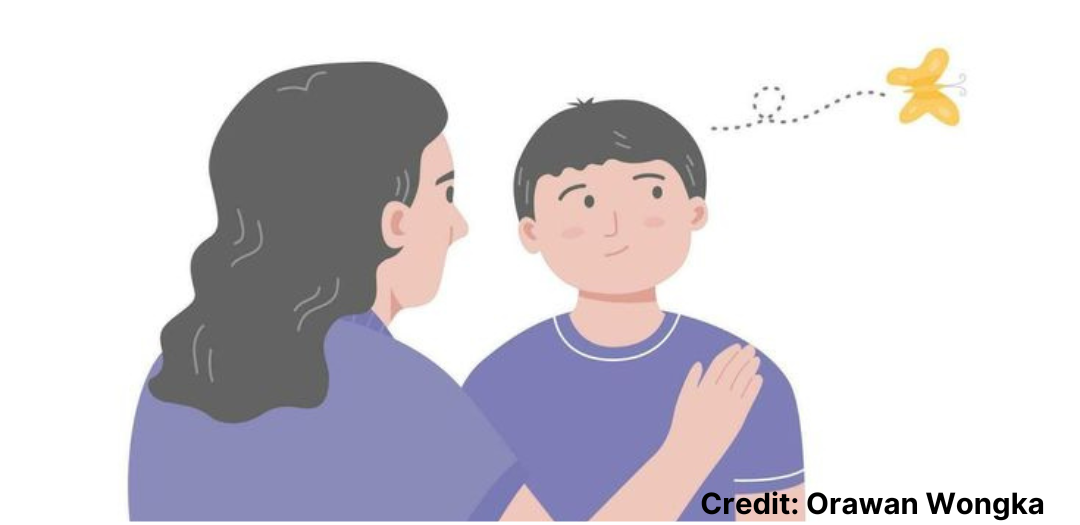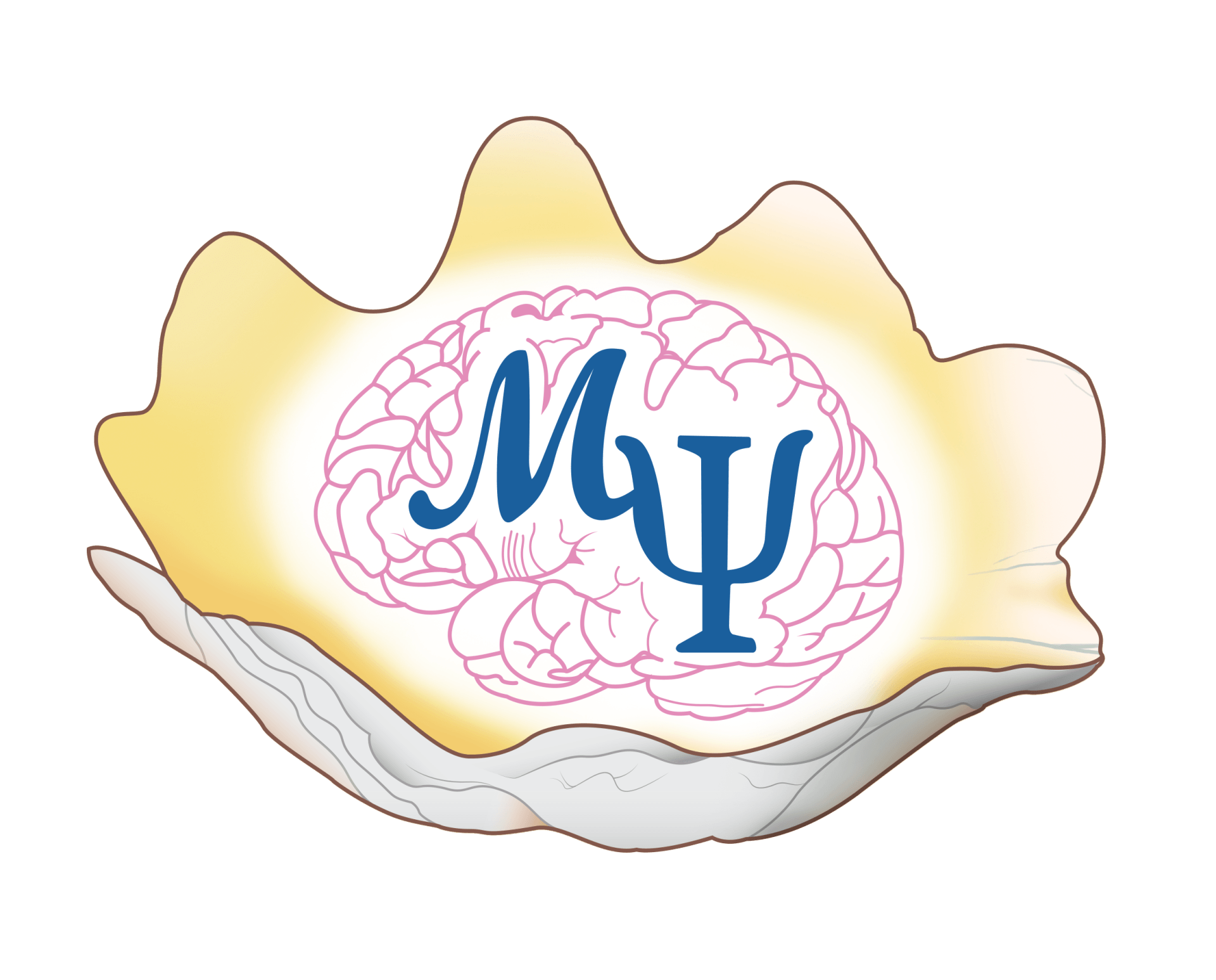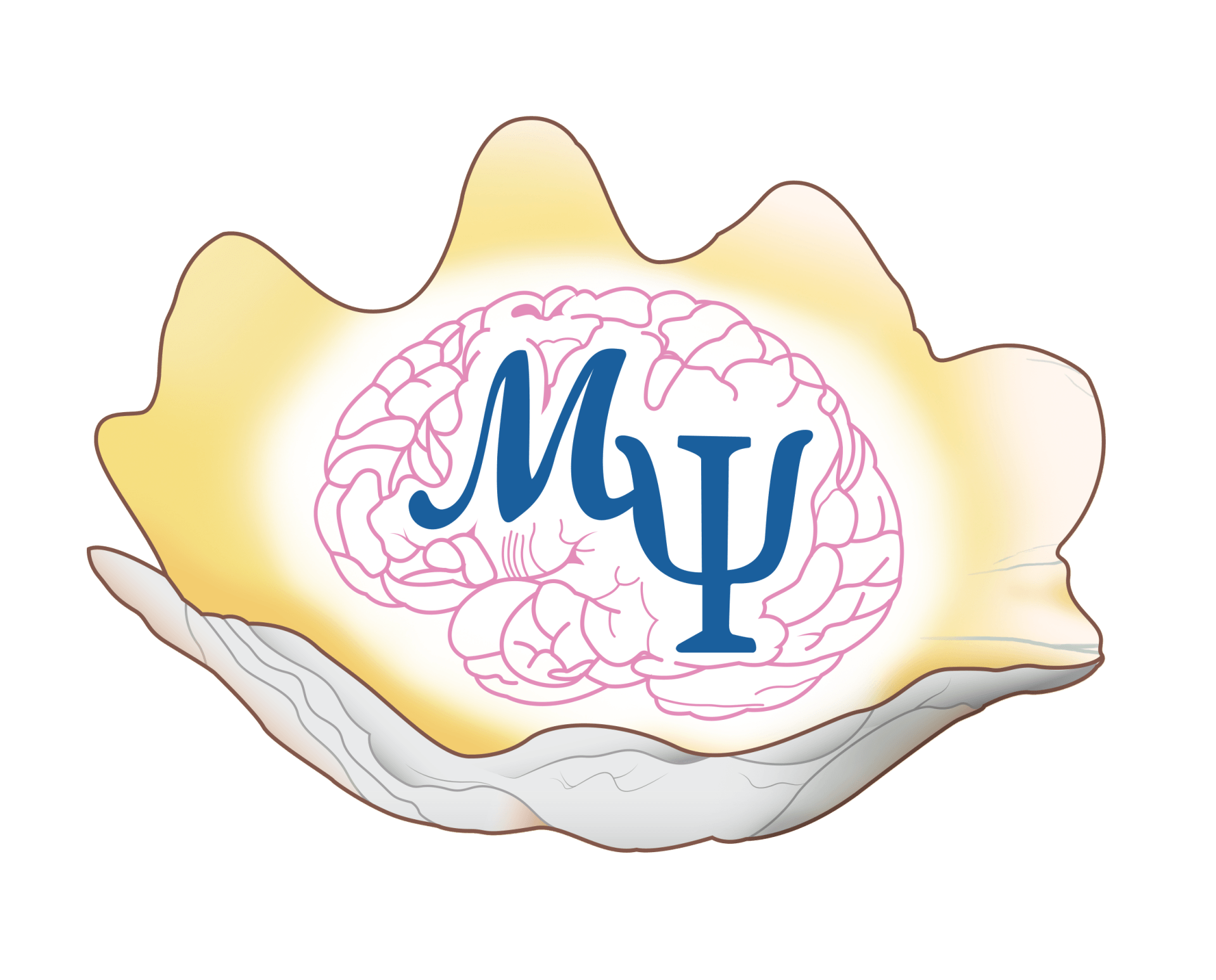ADHD: The Superpower You Didn’t Know You Had

Ever find yourself daydreaming in the middle of a meeting or struggling to focus on a single task? While occasional lapses in attention and focus are common, ADHD—Attention-Deficit/Hyperactivity Disorder—is more than just a fleeting distraction. It’s a neurodevelopmental condition marked by a persistent pattern of inattention, hyperactivity, and impulsivity that significantly impairs daily functioning. Unlike the momentary distractions most people experience, ADHD involves a chronic and pervasive impact on various aspects of life, influencing how individuals manage tasks, maintain relationships, and navigate their environment.
So, What’s ADHD Anyway?
ADHD is a neurodevelopmental disorder characterized by persistent inattention, hyperactivity, and impulsivity. It often begins in childhood and can manifest as difficulties with focus, sitting still, and behavior regulation. In children, these symptoms frequently disrupt academic performance and social interactions. For instance, a child with ADHD might struggle to complete assignments, follow instructions, or maintain friendships, which can lead to challenges in school and at home. Early diagnosis and intervention are crucial in managing these symptoms effectively. A combination of medication, behavioral therapy, and support from family and professionals can significantly improve a child's ability to function and thrive in various aspects of life.
While ADHD often begins in childhood, its effects can continue into adulthood. In adults, ADHD can impact job performance, organizational skills, and relationships. Adults with ADHD may find it challenging to manage time, stay organized, and maintain focus on tasks, which can affect their career progression and personal relationships. The persistent nature of ADHD symptoms requires ongoing management, and treatment strategies may include medication, therapy, and lifestyle adjustments. With appropriate support and interventions, adults with ADHD can learn to harness their strengths and improve their overall quality of life.
Spotting the Signs: What to Look For
ADHD symptoms typically fall into three main types:
- Inattention : often leads to frequent forgetfulness and difficulty focusing. At work, this might mean missing deadlines or having disorganized tasks. In school, it can result in problems with completing assignments and staying engaged. In personal relationships, inattention can lead to forgotten commitments and disrupted conversations as those with ADHD might struggle to stay focused on what the other person is saying. They may become easily distracted or start thinking about something else, which can make them miss important details or lose track of the conversation. This can make conversations seem disjointed and lead to misunderstandings, as they might not fully follow or remember what was discussed (American Psychiatric Association, 2013)
- Hyperactivity : often involves excessive fidgeting, difficulty sitting still, and a constant need to move. At work, this might lead to restlessness or an inability to stay seated for long periods, which can affect productivity and task completion. In school, hyperactivity can manifest as difficulty remaining seated during lessons or an urge to frequently get up, which can disrupt both learning and classroom dynamics. In personal relationships, hyperactivity can result in a tendency to interrupt conversations, difficulty waiting for one's turn, and a general sense of restlessness. During conversations, hyperactivity can cause issues because an individual with ADHD might have trouble staying still and focused, often appearing impatient or overly energetic. This restlessness can make it difficult for them to engage fully in a discussion, as they may struggle to remain seated or concentrate on what is being said. As a result, their constant movement and inability to stay calm can disrupt the flow of conversation and make interactions feel less coherent (American Psychiatric Association, 2013).
- Impulsivity : involves making hasty decisions without considering the consequences, interrupting others, and acting on immediate urges. At work, this might lead to rushing tasks without proper planning or making snap decisions that can affect the quality of work. In school, impulsivity can result in blurting out answers before questions are fully asked or difficulty waiting for one’s turn during group activities. In personal relationships, impulsivity can cause problems such as interrupting conversations, making inappropriate comments, or acting without thinking about how it might affect others. In conversations, impulsivity can disrupt interactions because an individual with ADHD might interrupt frequently or speak out of turn without waiting for their turn. This can lead to fragmented discussions and misunderstandings, as they may not fully consider the impact of their words or actions before speaking. Their tendency to act quickly on impulses can make it challenging to maintain a smooth and respectful flow in conversations (American Psychiatric Association, 2013). Understanding these symptoms and their effects on work, school, and relationships is essential for effective management and support.
Understanding this distinction is crucial as we delve into the idea that ADHD, despite its challenges, can also be associated with remarkable strengths. When we refer to ADHD as a "superpower," we’re not downplaying the difficulties it presents, but rather emphasizing the unique qualities that often accompany it. According to Hoogman et al. (2020), people with ADHD frequently exhibit extraordinary creativity, a remarkable ability to think outside the box, and enhanced problem-solving skills. Their tendency for hyperfocus allows them to delve deeply into interests and projects with exceptional enthusiasm and dedication. Additionally, their ability to shift attention rapidly can foster impressive adaptability and innovation. By acknowledging these traits as superpowers, we can reframe the narrative to celebrate the distinctive advantages that ADHD can offer, turning perceived challenges into powerful assets.
Who’s Affected?
ADHD symptoms can affect people at any stage of life, but it is most commonly diagnosed in childhood (American Psychiatric Association, 2013). Early identification is essential as it allows for timely intervention and management tailored to developmental needs. Tailored to developmental needs means that interventions and strategies are customized based on the individual’s age, cognitive abilities, and emotional and social development. For instance, younger children may benefit from behavioral therapies that focus on building routines and social skills, while older children might need academic support and strategies to improve organizational skills and manage homework (Wolraich et al., 2019). By addressing the specific challenges associated with each developmental stage, interventions can be more effective in helping children manage ADHD symptoms and support their overall growth (National Institute of Mental Health, 2020). While boys are more frequently diagnosed, girls with ADHD may exhibit different symptoms, such as daydreaming or internalized difficulties, which can be less noticeable (Wolraich et al., 2019). According to the National Institute of Mental Health (2022), this variation in presentation can sometimes lead to underdiagnosis in females. Recognizing these diverse symptoms is crucial for accurate diagnosis and effective intervention.
How ADHD Affects the Brain
Key areas in the brain that are involved in the presentation of ADHD include:
- Prefrontal Cortex : This brain area is essential for organizing, planning, and controlling impulses. In ADHD, reduced activity in the prefrontal cortex disrupts these executive functions, making tasks like managing time and setting goals more challenging (American Psychiatric Association, 2013).
- Dopamine : Dopamine is a key neurotransmitter involved in the brain’s reward system and motivation. It regulates feelings of pleasure and reinforces behaviors that lead to positive outcomes. Research shows that individuals with ADHD often exhibit altered dopamine functioning, which can contribute to challenges in attention and motivation (Biederman & Faraone, 2005). Understanding dopamine's role is essential in addressing various behavioral and mental health issues.
- Neural Networks : ADHD affects the brain's attention and cognitive control networks, leading to abnormalities in the connectivity of the default mode network (DMN). This disruption can impair focus and increase susceptibility to distractions, as the brain struggles to transition between restful and goal-directed states. (Castellanos & Aoki, 2016)
Recognizing these brain-based differences helps in developing more effective treatments and support strategies for managing ADHD such as behavioural therapy, medication, and mindfulness and relaxation techniques.
Need Support?
Think you or someone you know might have ADHD? Seeking help from a healthcare professional is a crucial first step. With appropriate strategies and interventions, ADHD can be managed effectively, turning potential challenges into opportunities for growth. To start, consult with a mental healthcare provider, such as a psychologist, or psychiatrist, who can guide you through the process of diagnosis and treatment.
At Mentem, we offer a comprehensive range of services for individuals navigating ADHD, starting with a diagnostic interview conducted by our clinical psychologist. Following this, we provide screening and assessment tools to evaluate ADHD symptoms and any co-occurring conditions. Based on the diagnosis, we collaborate with clients to develop tailored treatment recommendations, which may include therapy sessions designed to help manage symptoms effectively such as building specific skills. We cater to all age groups, ensuring that both children and adults receive the support they need. Ongoing support is a priority at Mentem; we provide follow-up care to monitor progress and adjust treatment plans as necessary. To take the first step, scheduling an appointment is easy—just reach out via WhatsApp at 012-3661090. Let us help you turn challenges into opportunities for growth.
REFERENCES
Wolraich, M. L., Hagan, J. F., Allan, C., Chan, E., Davison, D., Earls, M., Evans, S. W., Flinn, S. K., Froehlich, T., Frost, J., Holbrook, J. R., Lehmann, C. U., Lessin, H. R., Okechukwu, K., Pierce, K. L., Winner, J. D., & Zurhellen, W. (2019). Clinical Practice Guideline for the Diagnosis, evaluation, and Treatment of Attention-Deficit/Hyperactivity Disorder in Children and Adolescents. PEDIATRICS, 144(4).
https://doi.org/10.1542/peds.2019-2528
Attention-Deficit/Hyperactivity Disorder. (2022). National Institute of Mental Health (NIMH).
https://www.nimh.nih.gov/health/topics/attention-deficit-hyperactivity-disorder-adhd
American Psychiatric Association. (2013). Diagnostic and statistical manual of mental disorders (5th ed.). American Psychiatric Publishing.
Biederman, J., & Faraone, S. V. (2005). Attention-deficit hyperactivity disorder. The Lancet, 366(9481), 237–248.
https://doi.org/10.1016/s0140-6736(05)66915-2
Castellanos, F. X., & Aoki, Y. (2016). Intrinsic Functional connectivity in Attention-Deficit/Hyperactivity Disorder: a science in development. Biological Psychiatry Cognitive Neuroscience and Neuroimaging, 1(3), 253–261.
https://doi.org/10.1016/j.bpsc.2016.03.004
Attention-Deficit/Hyperactivity Disorder. (2020). National Institute of Mental Health (NIMH).
https://www.nimh.nih.gov/health/topics/attention-deficit-hyperactivity-disorder-adhd
Hoogman, M., Stolte, M., Baas, M., & Kroesbergen, E. (2020). Creativity and ADHD: A review of behavioral studies, the effect of psychostimulants and neural underpinnings. Neuroscience & Biobehavioral Reviews, 119, 66–85.
https://doi.org/10.1016/j.neubiorev.2020.09.029












